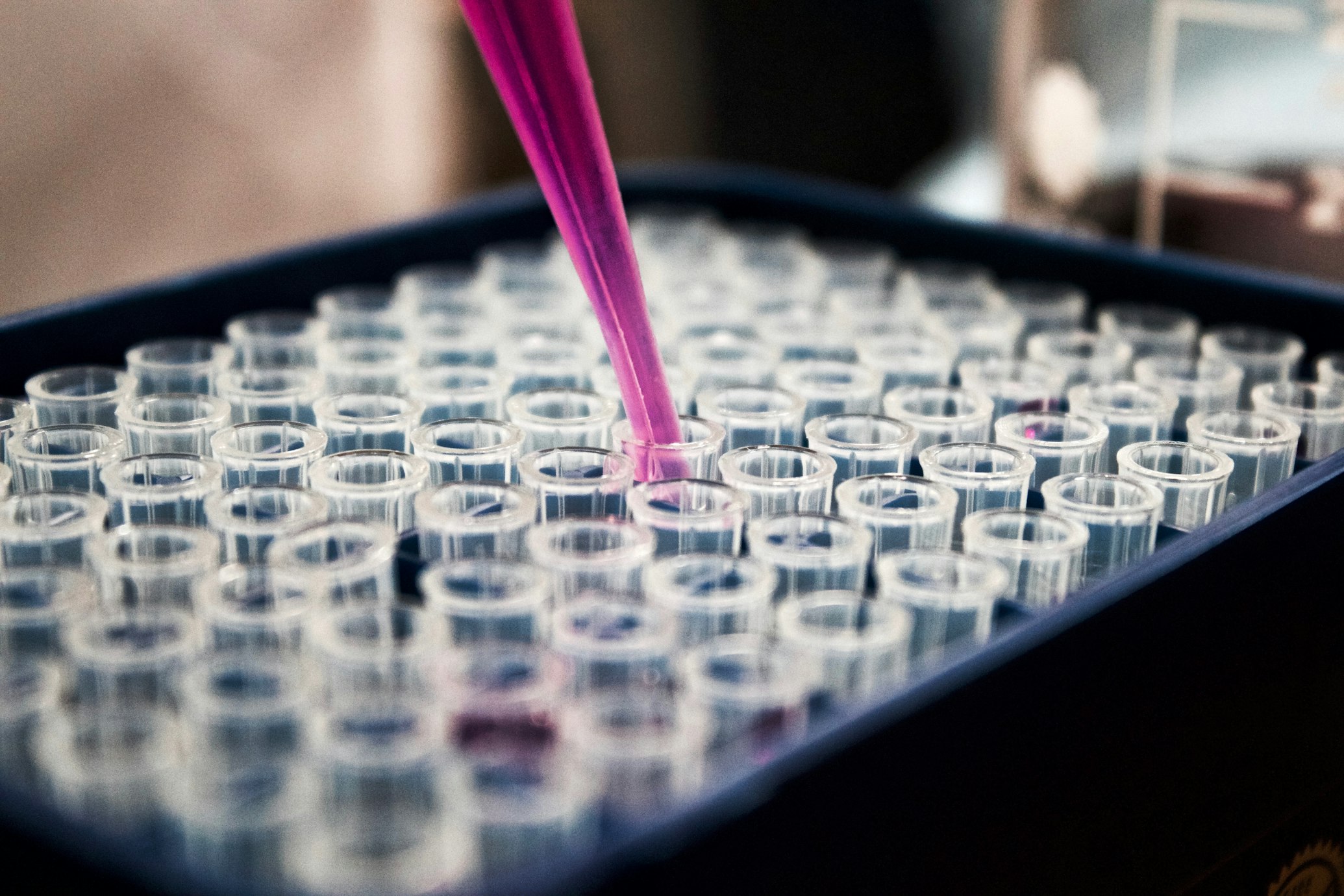Chemistry for Humanity
How Chemists Without Borders is Solving Global Crises One Test Tube at a Time
Article Navigation
Introduction: When Science Meets Compassion

Imagine a world where life-saving vaccines sit unused on laboratory shelves while millions die from preventable diseases. This stark reality ignited a revolution in 2004 when chemist Dr. Bego Gerber read about an abandoned typhoid vaccine and penned a fateful letter to Chemical & Engineering News, asking: "Could this be our 'Chemists Without Frontiers'?" A translation error—"Frontiers" instead of "Borders"—sparked an idea. When Dr. Steve Chambreau contacted Gerber to correct it, Chemists Without Borders (CWB) was born 1 4 .
Today, this volunteer-driven nonprofit mobilizes over 50 active chemists and 700 supporters worldwide to tackle humanitarian crises through chemistry. From arsenic-laced water in Bangladesh to counterfeit medicines in Kenya, CWB proves that science can be a powerful antidote to inequality.
The Alchemy of Change: CWB's Mission and Impact
Founding Principles
CWB's mission—"solving humanitarian problems by mobilizing the global chemistry community"—prioritizes sustainable, community-driven solutions. Unlike traditional aid models, they partner with local organizations to ensure projects align with cultural needs.
"We lost a valuable relationship in Bangladesh due to cultural missteps. Now we work through local people" — Dr. Bego Gerber 4
The Power of a Penny: Breaking Down the Arsenic Crisis
In Bangladesh, naturally occurring arsenic contaminates groundwater, causing cancers and developmental disorders. Traditional test kits cost $5–$50—prohibitively expensive for rural communities. CWB set an audacious goal: a $0.01 arsenic test 4 .
Inside the Lab: The Penny-per-Test Revolution
The Experiment: From Toxic Water to Trusted Data
Project Lead: Dr. Chris Lizardi (ChemTel Inc.) and Dr. Julian Tyson (UMass Amherst)
Objective: Develop ultra-low-cost arsenic detection using the Gutzeit-Marsh reaction—a century-old method where arsenic converts to detectable arsine gas 4 .
Step-by-Step Methodology:
- Sample Collection: 50 mL of groundwater added to a reaction flask.
- Chemical Activation: Add sulfamic acid and zinc powder, converting inorganic arsenic to arsine gas (AsH₃).
- Colorimetric Detection: Arsine reacts with mercuric bromide crystals on test paper, producing a yellow-to-brown stain.
- Analysis: Color intensity correlates with arsenic concentration (≥10 ppb = unsafe) 4 .
Innovation Breakthrough:
Initial cost per test was $0.48. By replacing expensive reagents and simplifying the design, CWB slashed costs by 80%. For rice testing (arsenic binds to starch), Tyson's team added a dialysis step to isolate arsenic, achieving 95% accuracy 4 .

Table 1: Arsenic Contamination in Bangladesh (CWB Field Data)
| Location | Avg. Arsenic (ppb) | WHO Safe Limit (ppb) | % Samples Unsafe |
|---|---|---|---|
| Sitakunda Wells | 87 | 10 | 92% |
| Teriail Wells | 112 | 10 | 97% |
| Rice Paddies | 0.3 mg/kg | 0.15 mg/kg | 78% |
Table 2: Test Kit Cost Evolution
| Version | Cost/Test | Key Innovation | Accuracy |
|---|---|---|---|
| V1.0 | $0.48 | Basic Gutzeit-Marsh | 85% |
| V2.1 | $0.15 | Zinc replaced with borohydride | 90% |
| V3.0 (goal) | $0.01 | Paper microfluidics | 95%+ |
Table 3: Essential Tools for Field Chemistry
| Reagent/Tool | Function | Humanitarian Impact |
|---|---|---|
| Mercuric Bromide | Detects arsine via color change | Enables visual arsenic screening |
| Sulfamic Acid | Generates arsine gas from arsenic | Lowers detection cost by 60% |
| Dialysis Membranes | Isolates arsenic from starchy rice samples | Expands testing to food safety |
| Microscience Kits | Portable lab for Sierra Leone schools | Teaches green chemistry to 500+ students |
Beyond the Bench: Ripple Effects of Chemistry
Clean Water, Empowered Communities
In 2015, CWB partnered with Rotary International to build arsenic-filtering wells at two Bangladeshi high schools. For $2,500 per well, they provided 4,000 students with safe water—just $1.25 per person for years of protection 4 .
"Fortunately, I met CWB and learned about arsenic. Now I drink safe water"
Education as a Catalyst
After Sierra Leone's civil war destroyed its education infrastructure, CWB designed $75 lab kits with micro-scale experiments. Students use local plants to purify water, merging traditional knowledge with chemistry 4 .
"Your support helped farmers plant 200 food trees—fighting climate change while feeding families"
The Medicine Detectives
CWB supports the Paper Analytical Device (PAD) project, where "secret shoppers" buy drugs in Kenyan pharmacies. Suspicious pills are analyzed with paper cards stamped with reagents.
"CWB helps me ensure my science solves real problems"


Challenges and the Periodic Table of Tomorrow
Future Elements of Change
- AI for Arsenic Mapping: Collaborating with data scientists to predict contamination hotspots.
- Global Trainer Networks: Empowering local experts like Alice Matimba's genomics teams in Africa 7 .
- Open-Source Reagents: Sharing penny-test formulas freely to accelerate adoption.
Conclusion: The Elemental Power of Unity
Chemists Without Borders embodies a radical idea: 20 million chemists worldwide can rewrite humanity's future. From a $0.48 test strip to a child drinking safe water, their work proves that beakers and burettes belong alongside food and vaccines in the humanitarian toolkit.
"I'd like to see everyone have clean water as a human right"
How You Can Catalyze Change:
Donate lab equipment (like Dow Chemical's contribution to Sri Lanka 5 )
Join monthly conference calls to share expertise 1
Advocate for integrating science into UN Sustainable Development Goals
CWB's Formula for Success:
Science + Empathy = Global Resilience
"The potential to solve problems is enormous. There are 20 million of us in the chemistry community. Imagine if we were all mobilized."